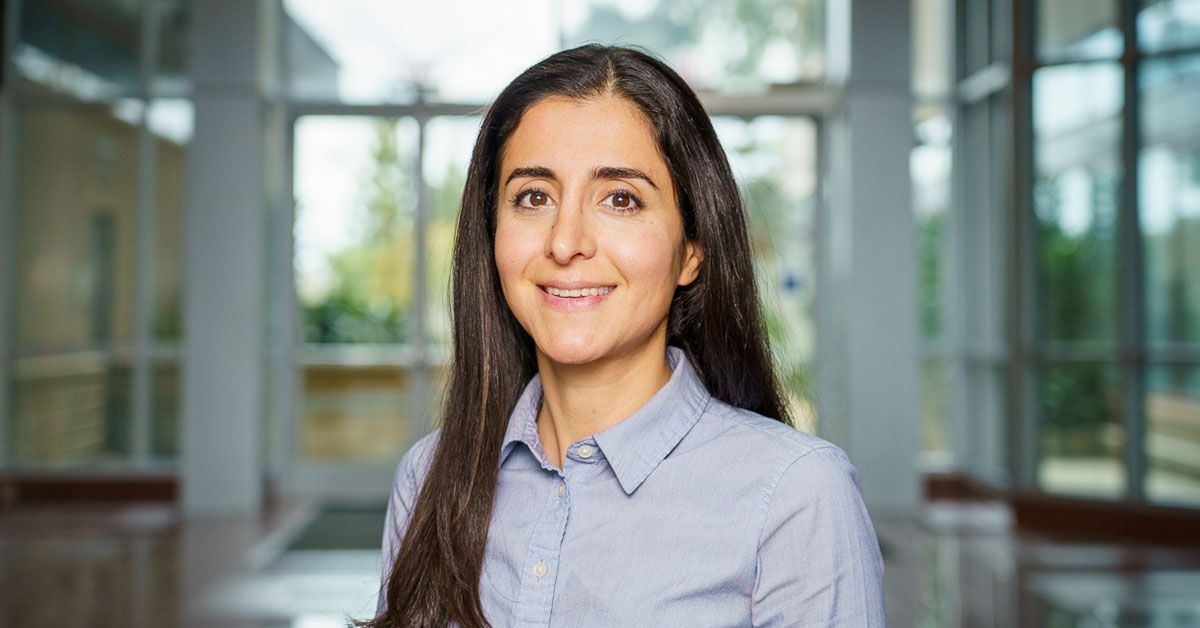Science
UC San Diego’s Zeinab Jahed Explores Aging in Brain and Heart Cells

A researcher at the University of California San Diego has secured a seed grant from the Hypothesis Fund to investigate why certain critical cells in the body, like those in the brain and heart, exhibit aging despite not undergoing division. Zeinab Jahed, a professor in the Aiiso Yufeng Li Family Department of Chemical and Nano Engineering at the Jacobs School of Engineering, will lead this innovative project aimed at understanding the aging process in non-dividing cells.
Traditionally, aging research has concentrated on cells that divide, yet some of the most significant signs of aging manifest in cells such as neurons and cardiomyocytes, which do not replicate. Jahed proposes that the aging observed in these cells may be linked to a deterioration of the nuclear membrane, the protective barrier that safeguards a cell’s DNA. This hypothesis will be rigorously tested in the upcoming research.
Innovative Techniques to Study Cellular Aging
Using advanced nanotechnology developed in her lab, Jahed plans to create and analyze minute ruptures in the nuclear membrane in real-time. The technology comprises an array of nanosized pillars that can delicately penetrate the cell nucleus without harming the surrounding cellular structures. When cells are placed atop this array, their nuclei wrap around the pillars, producing local curvatures in the nuclear membrane that lead to temporary, self-sealing ruptures.
This cutting-edge approach allows researchers to observe how live cells respond to these nuclear ruptures and whether their repair capabilities diminish with age. The team will focus on neurons and cardiomyocytes derived from established aging models at UC San Diego, measuring the frequency of nuclear ruptures, the speed of their repair, and the impact on DNA integrity, protein localization, and overall cell survival.
Potential Implications for Understanding Aging
By comparing young and old cells, this research aims to establish a quantitative relationship between age and nuclear membrane integrity in post-mitotic tissues. The findings could significantly alter the scientific community’s understanding of cellular aging. Rather than viewing nuclear damage merely as a consequence of aging, Jahed’s research might suggest it is a fundamental cause, particularly in long-lived cells that lack the ability to renew themselves.
This project is made possible through the Hypothesis Fund, which is dedicated to supporting pioneering scientific research in its early stages, particularly projects that may not receive funding through conventional means. The Fund aims to encourage bold, unconventional ideas in basic research, fostering advancements in scientific knowledge.
As the research progresses, it holds the promise of reshaping our understanding of aging at the cellular level, potentially leading to new strategies for enhancing cell longevity and health. The project’s outcomes could have far-reaching implications for science and medicine, particularly in the fields of neurobiology and cardiology.
-

 Science3 weeks ago
Science3 weeks agoALMA Discovers Companion Orbiting Giant Red Star π 1 Gruis
-

 Top Stories2 months ago
Top Stories2 months agoNew ‘Star Trek: Voyager’ Game Demo Released, Players Test Limits
-

 Politics2 months ago
Politics2 months agoSEVENTEEN’s Mingyu Faces Backlash Over Alcohol Incident at Concert
-

 World2 months ago
World2 months agoGlobal Air Forces Ranked by Annual Defense Budgets in 2025
-

 World2 months ago
World2 months agoMass Production of F-35 Fighter Jet Drives Down Costs
-

 World2 months ago
World2 months agoElectrification Challenges Demand Advanced Multiphysics Modeling
-

 Business2 months ago
Business2 months agoGold Investment Surge: Top Mutual Funds and ETF Alternatives
-

 Science2 months ago
Science2 months agoTime Crystals Revolutionize Quantum Computing Potential
-

 Top Stories2 months ago
Top Stories2 months agoDirecTV to Launch AI-Driven Ads with User Likenesses in 2026
-

 Entertainment2 months ago
Entertainment2 months agoFreeport Art Gallery Transforms Waste into Creative Masterpieces
-

 Business2 months ago
Business2 months agoUS Government Denies Coal Lease Bid, Impacting Industry Revival Efforts
-

 Lifestyle2 months ago
Lifestyle2 months agoDiscover Reese Witherspoon’s Chic Dining Room Style for Under $25









